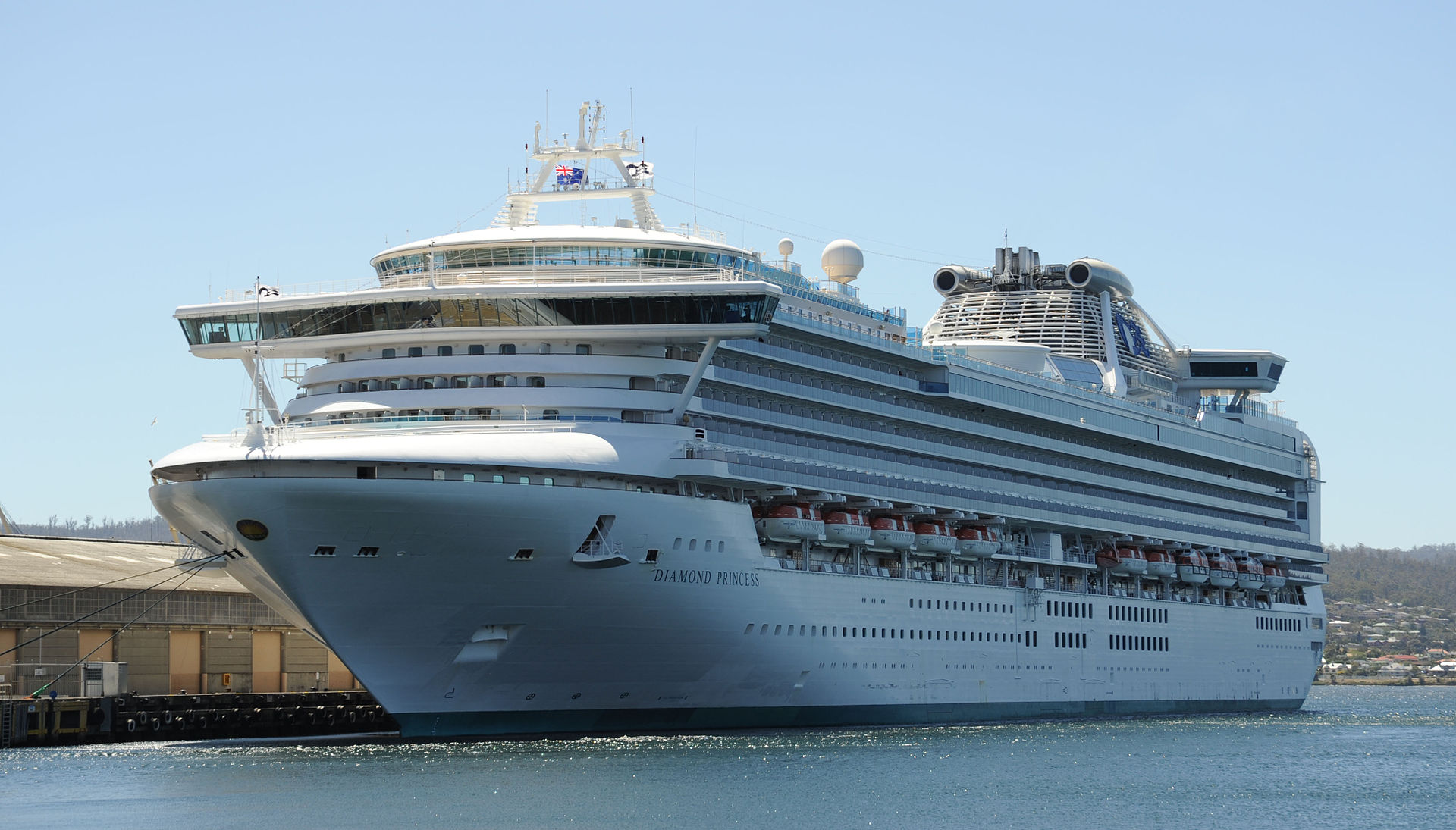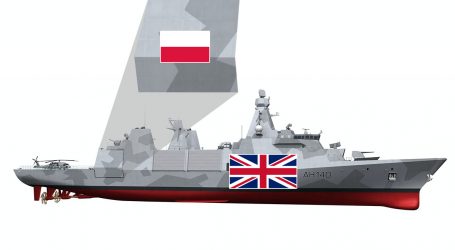Hydrogen propulsion of new University of California research vessel
A San Diego-based University of California research institute dedicated to ocean exploration primarily off the US west coast has received $35m from the State of California to build a new zero- or low-emission propulsion vessel.
Hydrogen-based fuel cells will provide the main source of power, with diesel engines installed to meet emergency demands. The new hydrogen fuel cell ship will enter service in 2024.
The hydrogen-powered vessel will replace the Robert Gordon Sproul, which has served the university for almost 40 years.
The ship, on weekly voyages along the California coast (more than 800 miles long), will host a number of students taking measurements and samples from the seabed and ocean floor and studying the environment.
On board the new hydrogen vessel will be sonar, fish detection and imaging systems, as well as geological sampling systems and laboratories for interdisciplinary research.
The new vessel will be characterised by an overall length of approx. 38.10 m, a width of approx. 10.36 m, a side height of approx. 4.27 m and a draught of about 3.05 m.
In addition to the permanent crew, she will accommodate up to 45 students and teachers at a time on day trips (one-day trips, no overnight accommodation).
The main energy source for propulsion will be hydrogen fuel cells with pure water and electricity as the only products of their processes, supported in emergencies and on longer voyages by diesel generators.
Hydrogen converted in fuel cells to electricity will also provide some heat to heat water useful to the scientists’ work.
The fuel cells are expected to cover 75% of the operating time of the ship’s electricity needs.
The propulsion system is to be twin-screw with a power transmitted by each thruster of 375 kW.
Funding from the State of California for the construction and operation of the hydrogen-powered vessel is USD 35 million.
The hydrogen fuel cell ship is part of the University of California’s climate goals to achieve carbon neutrality by 2025.
rel PBS/ PortalMorski.pl
Photo; image: SIO UC




